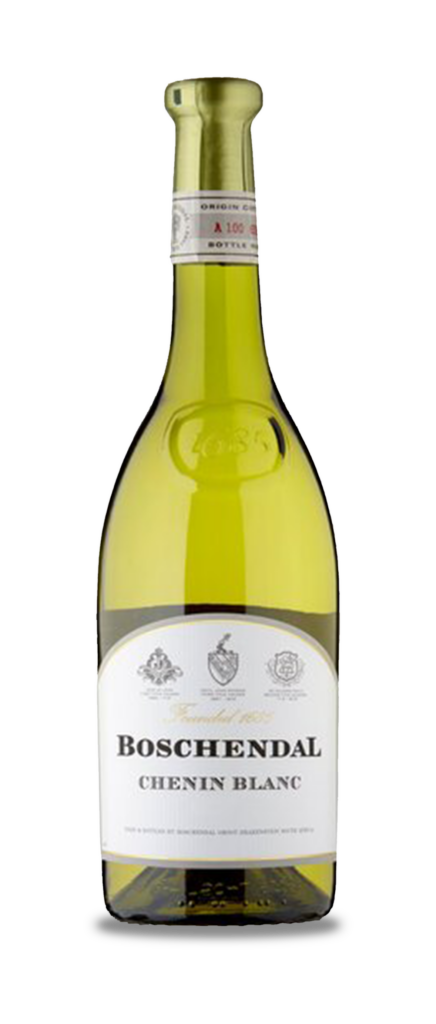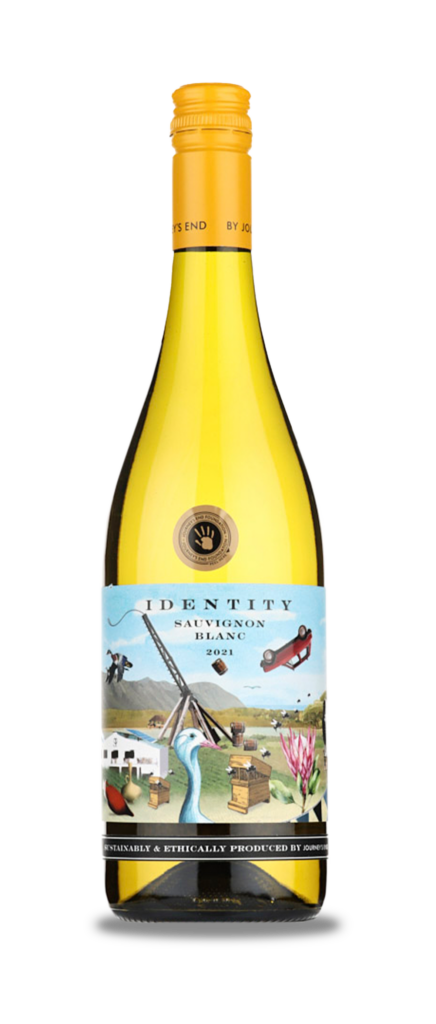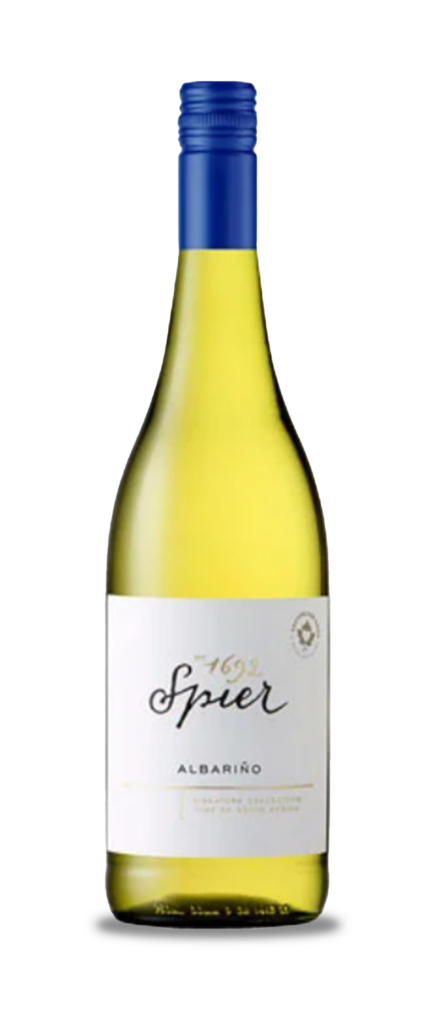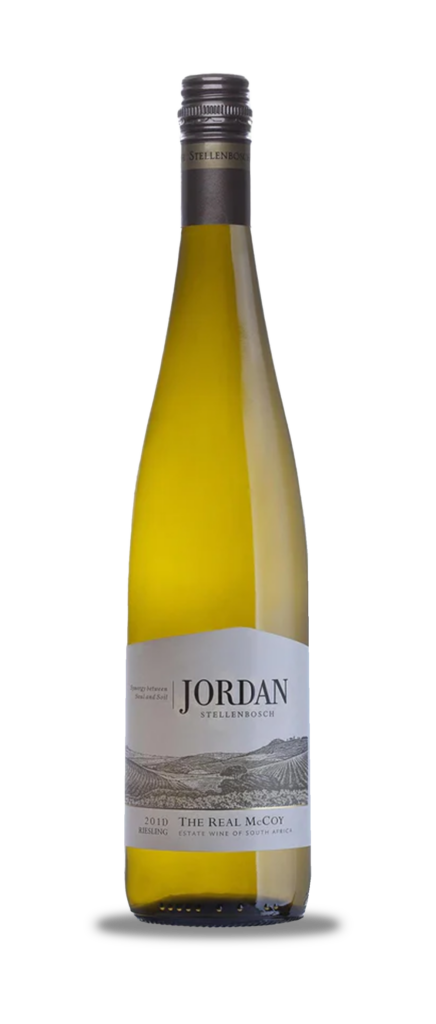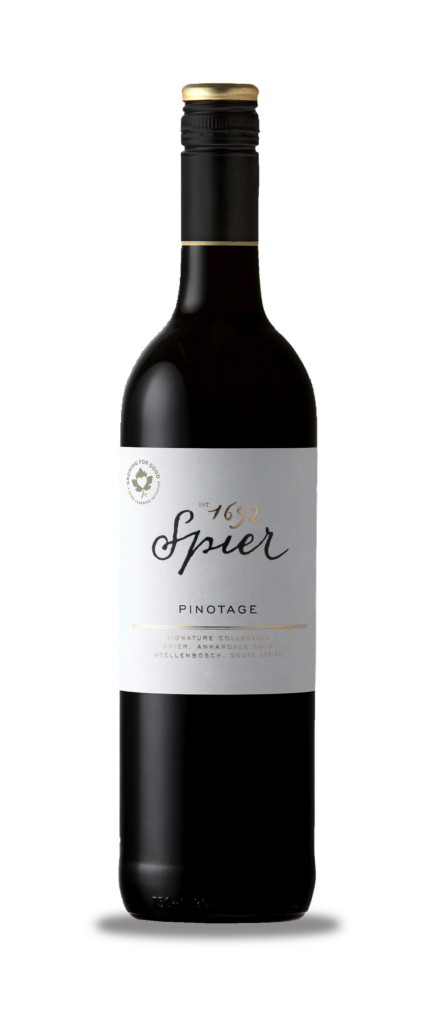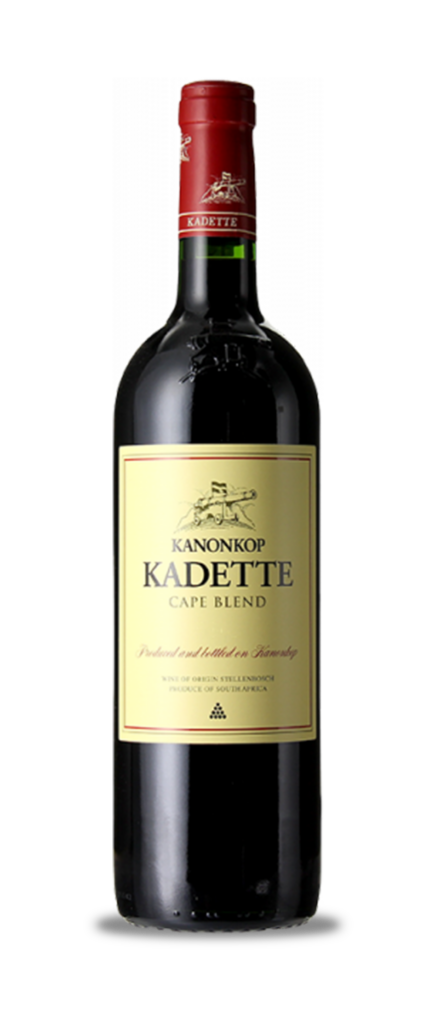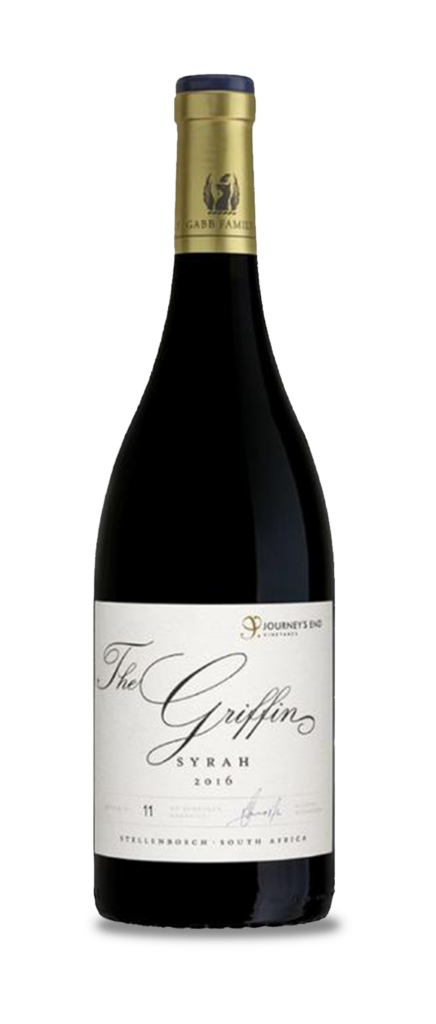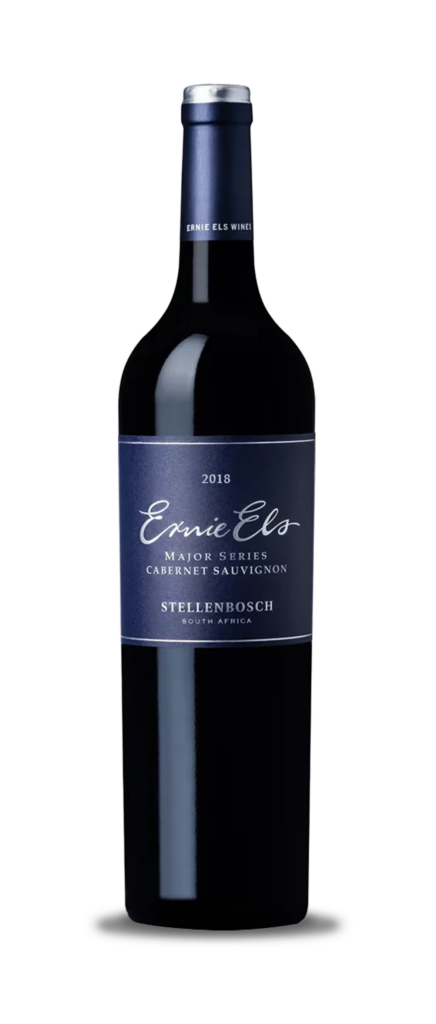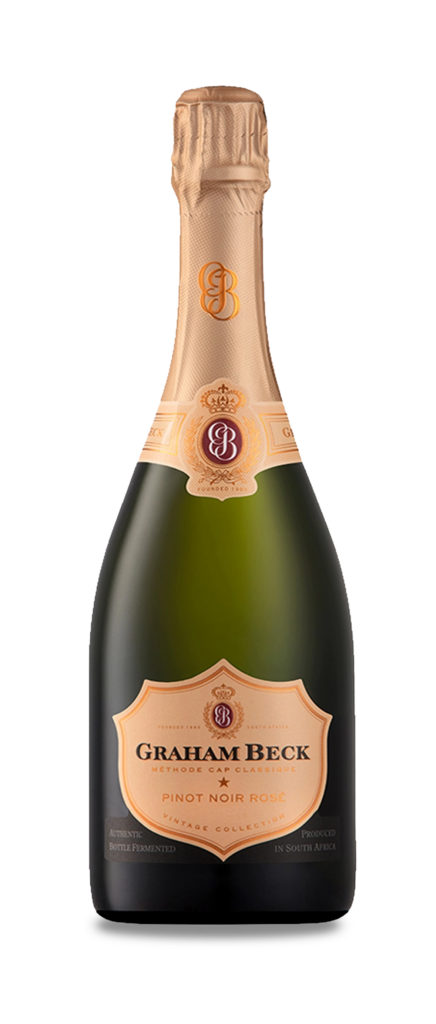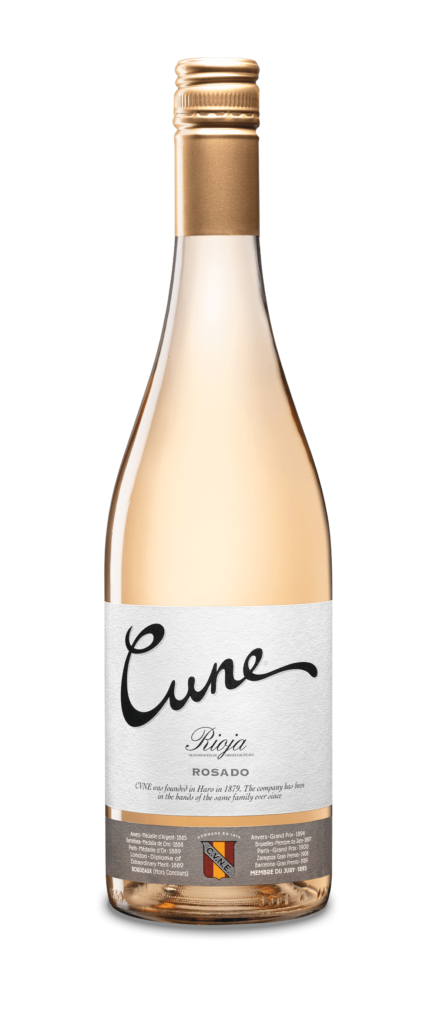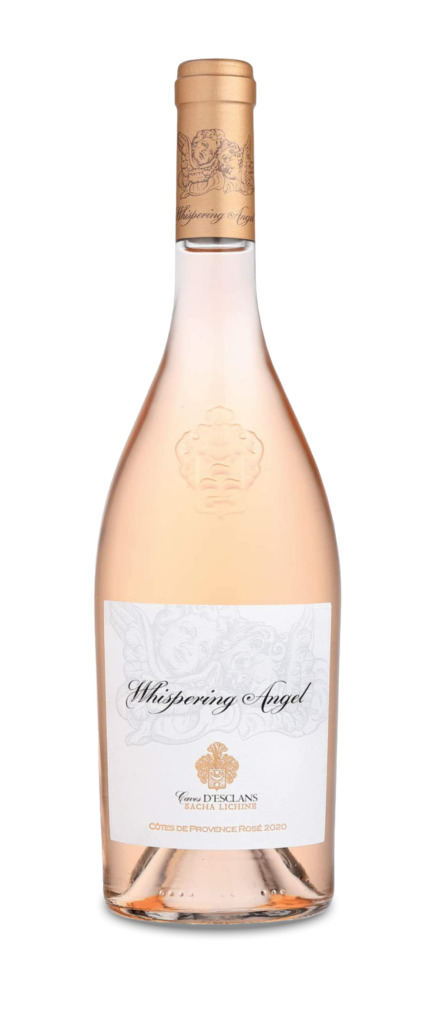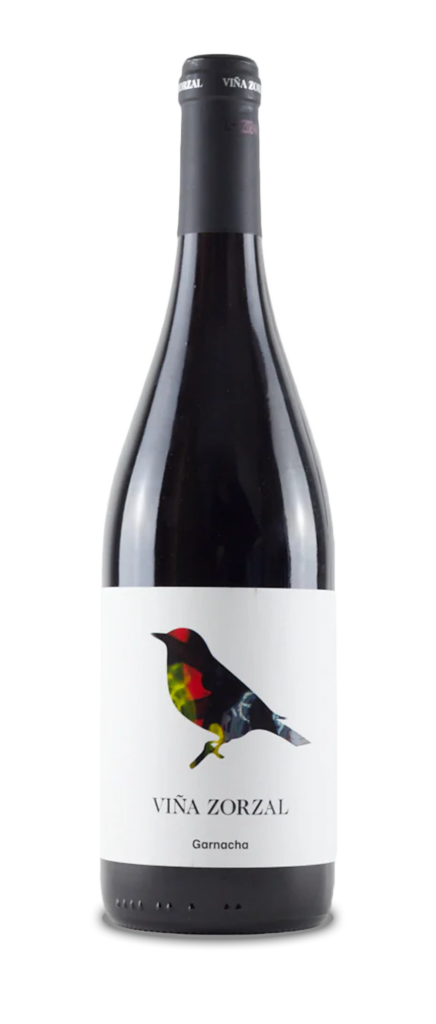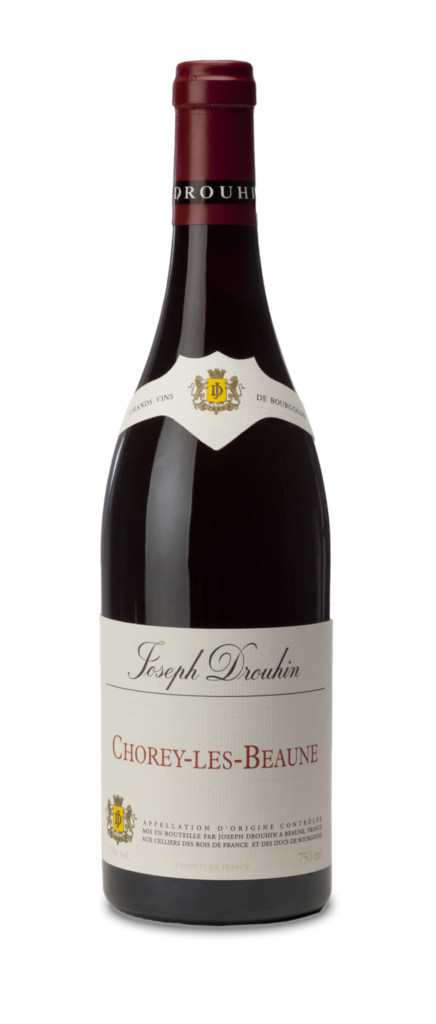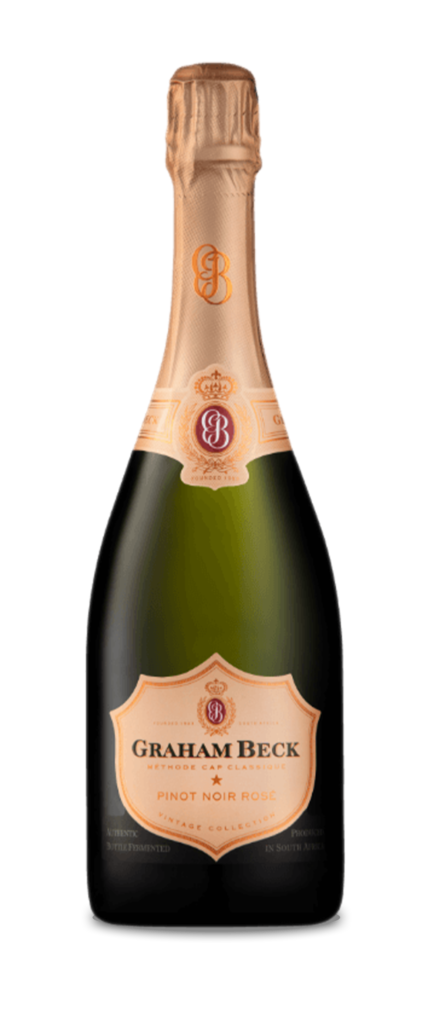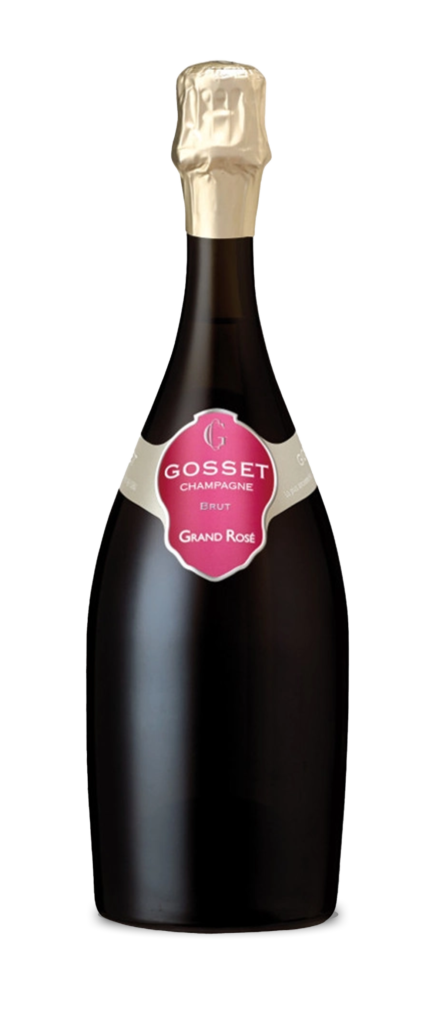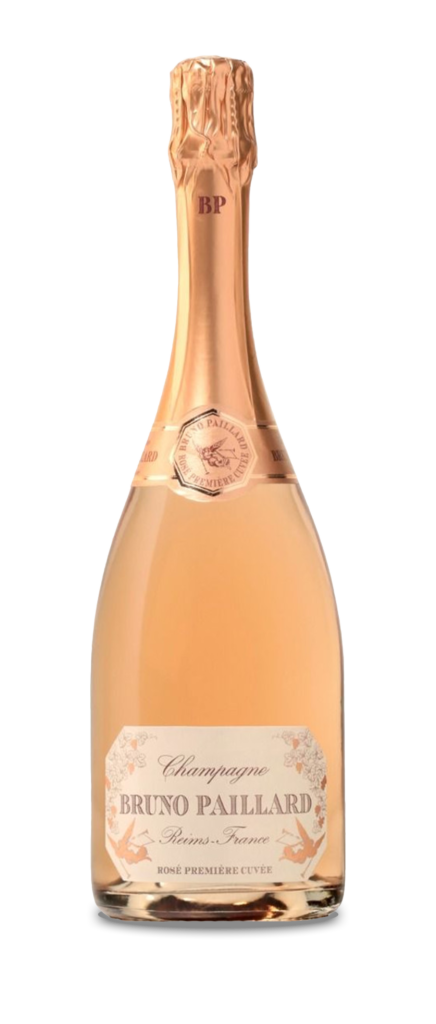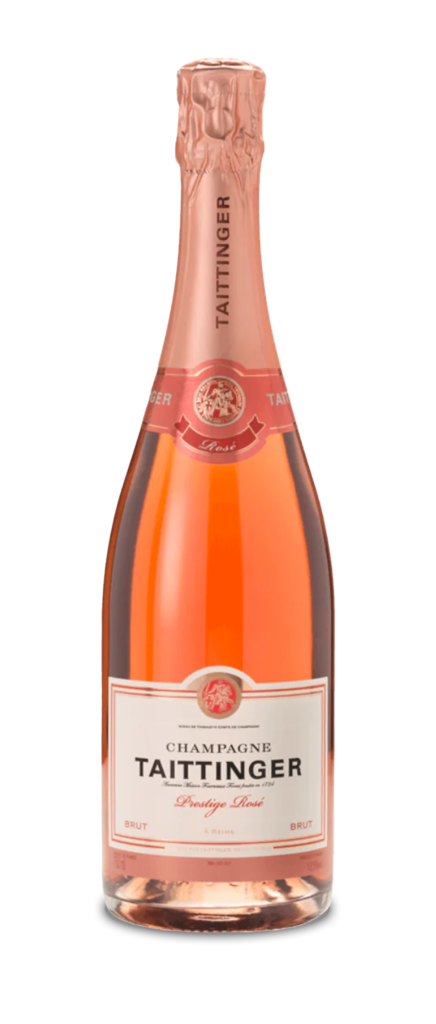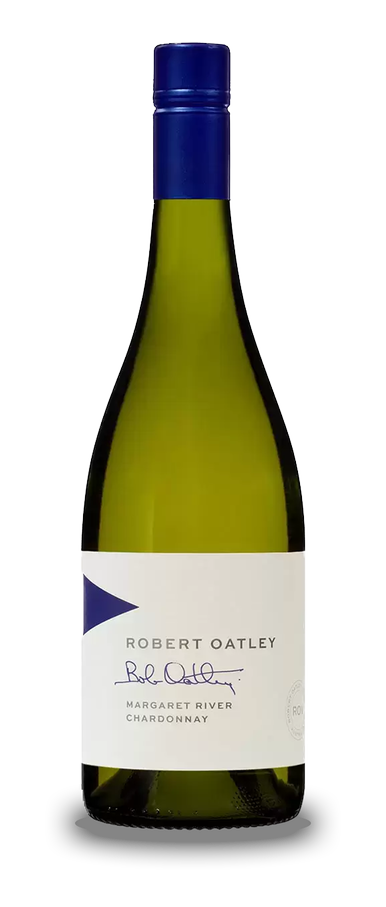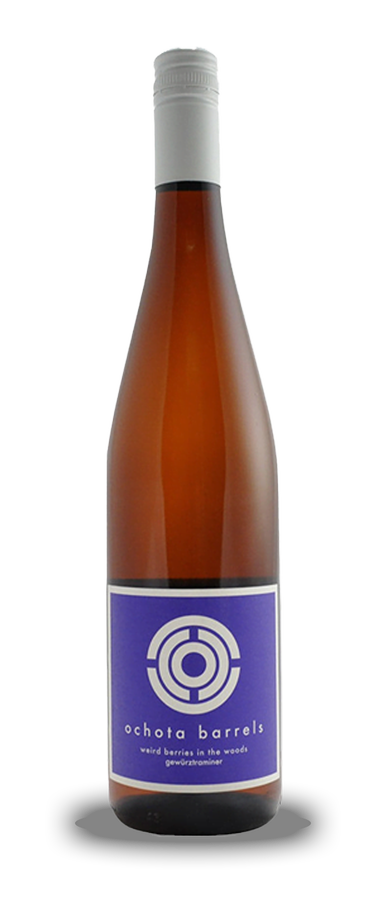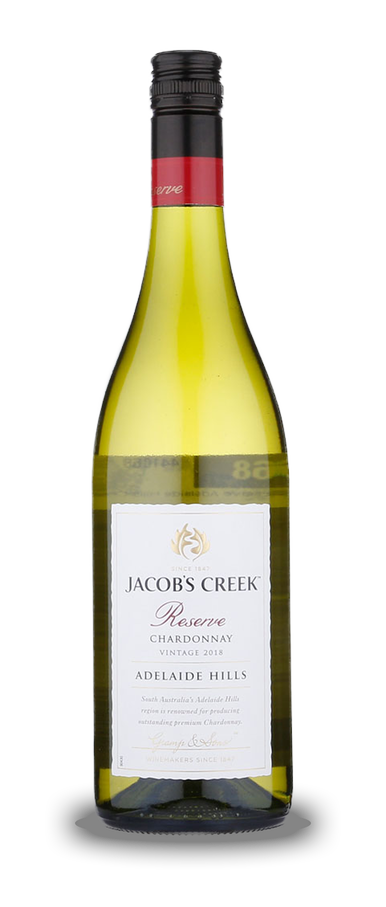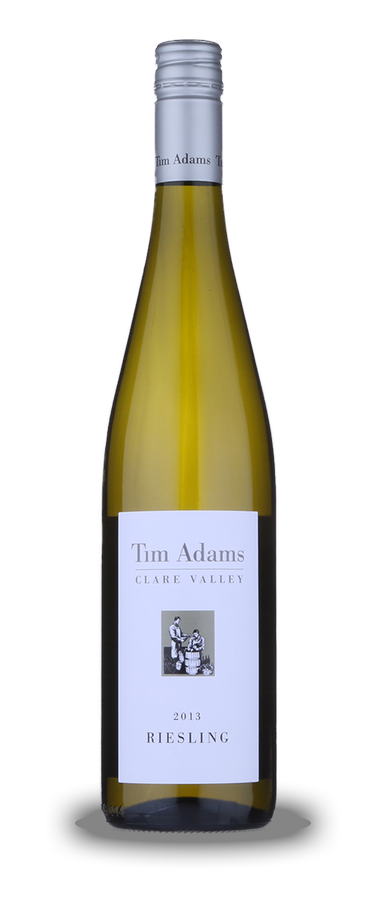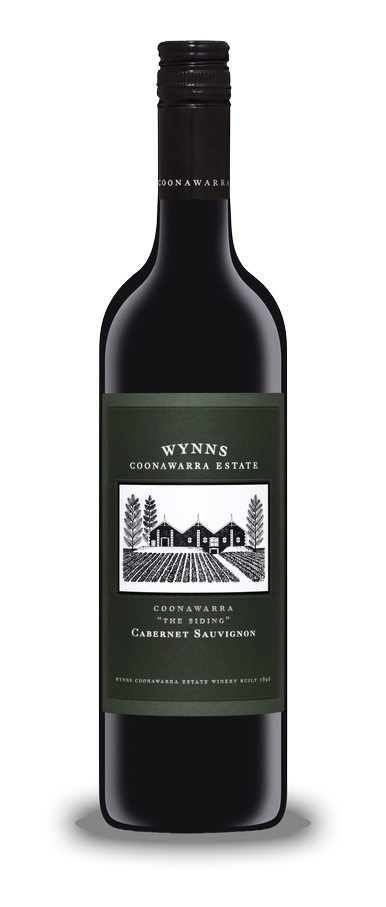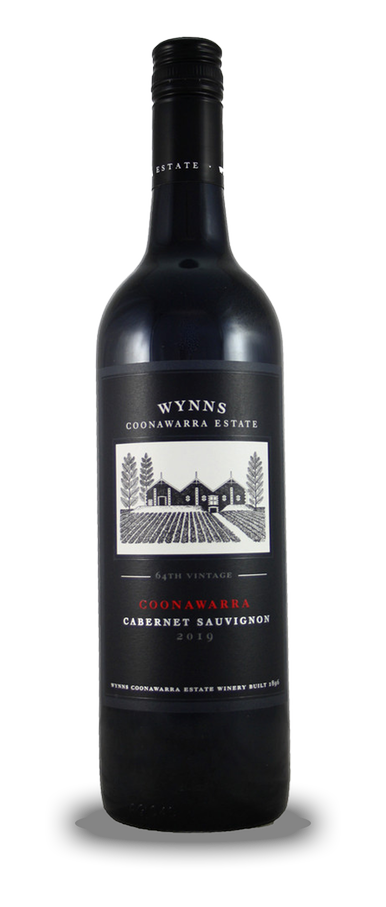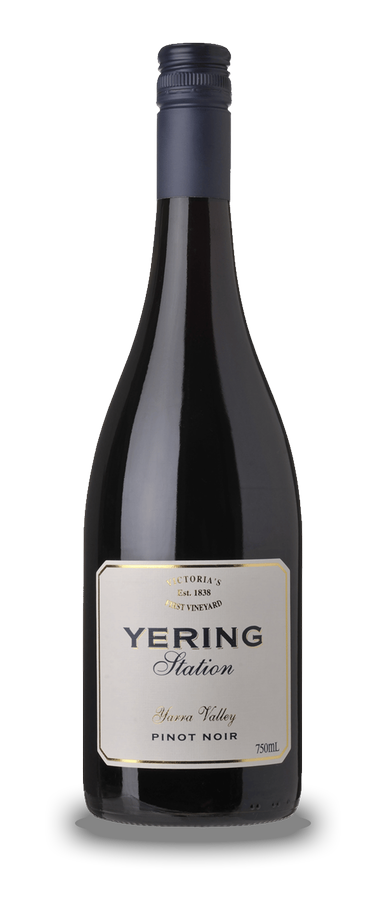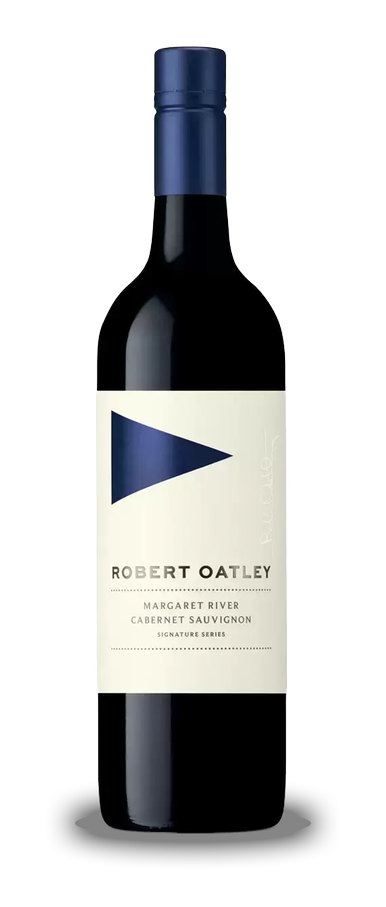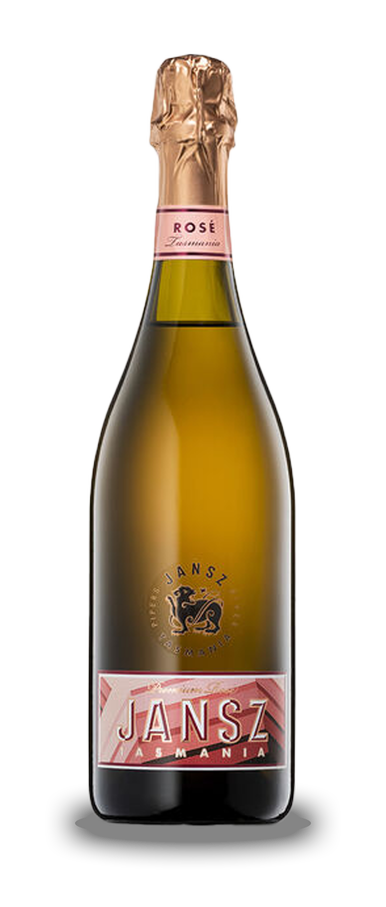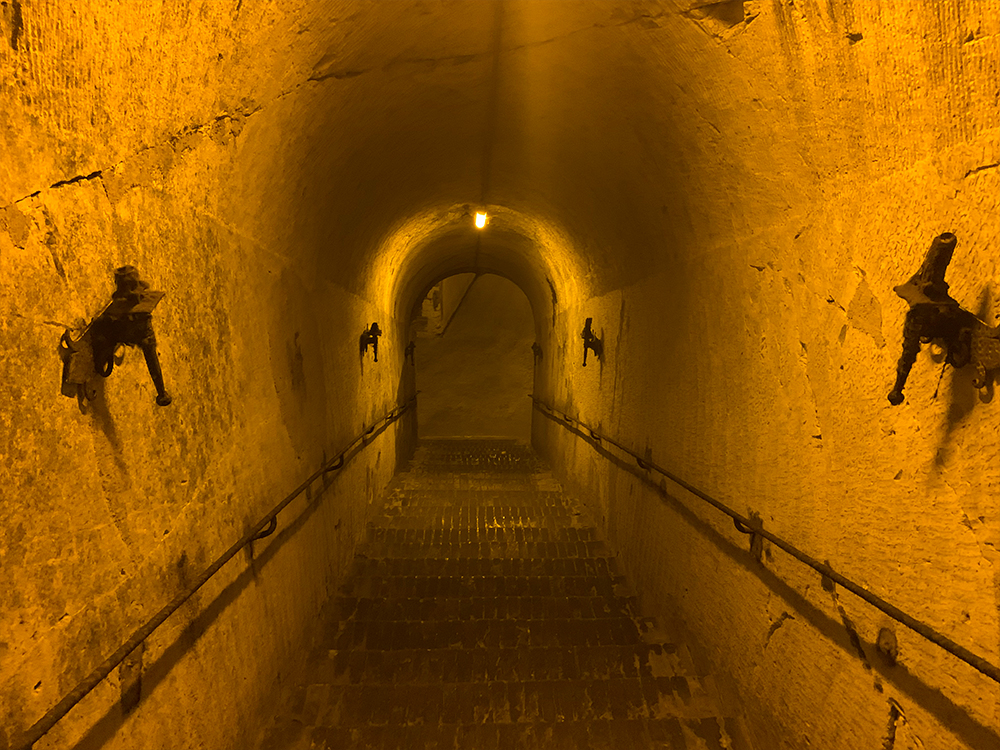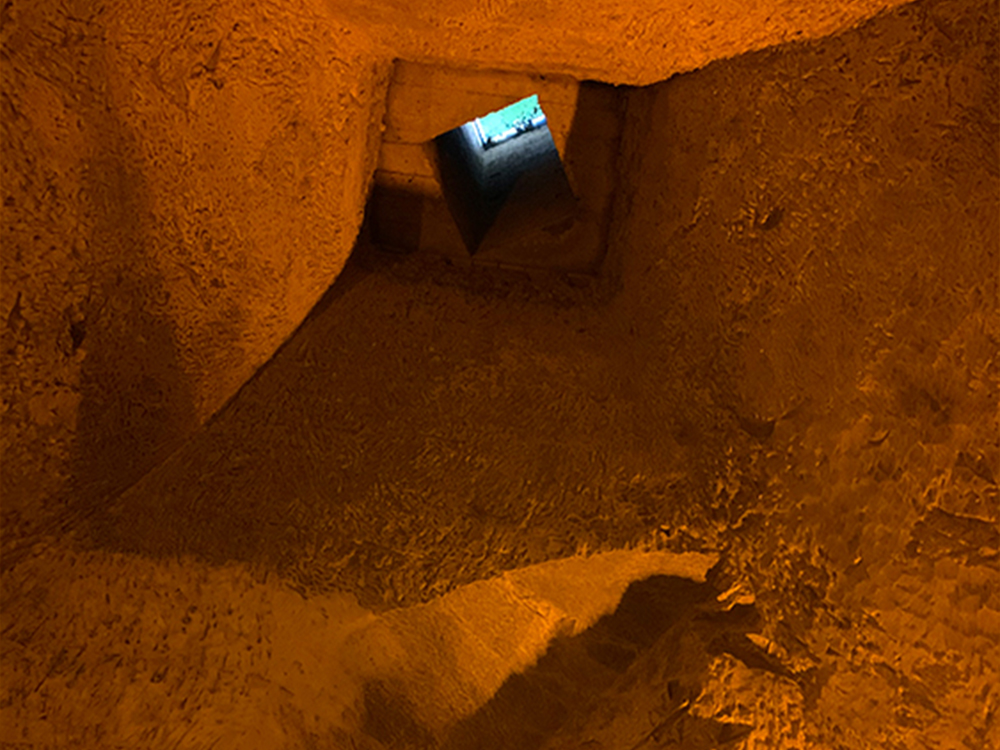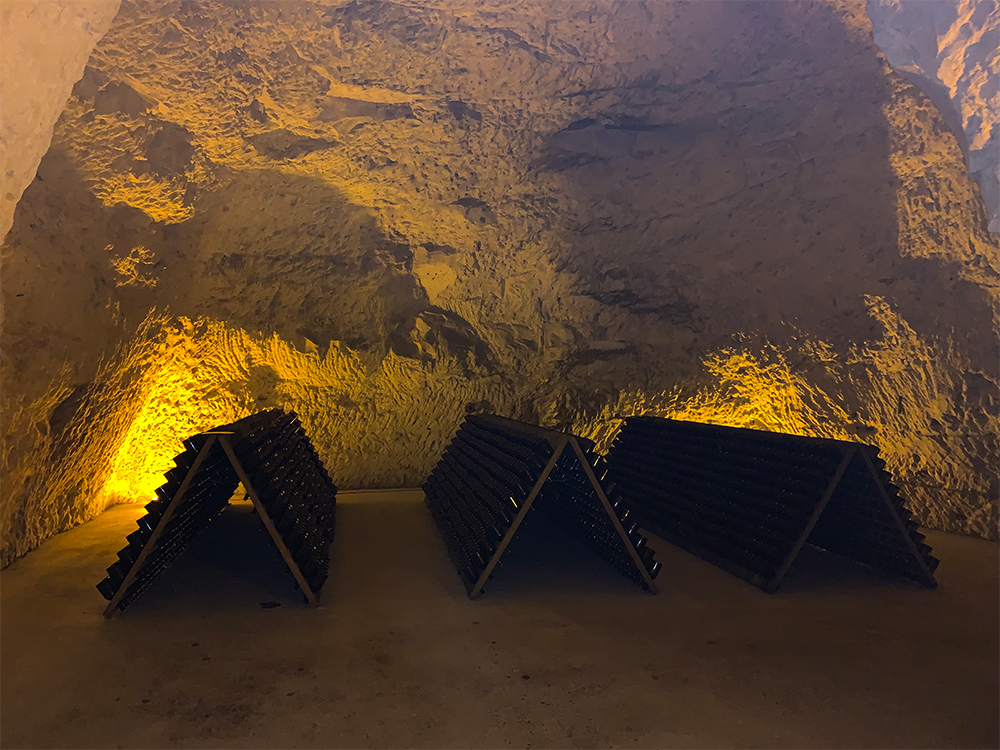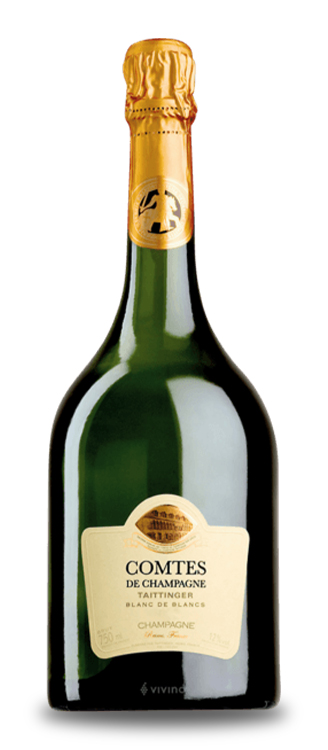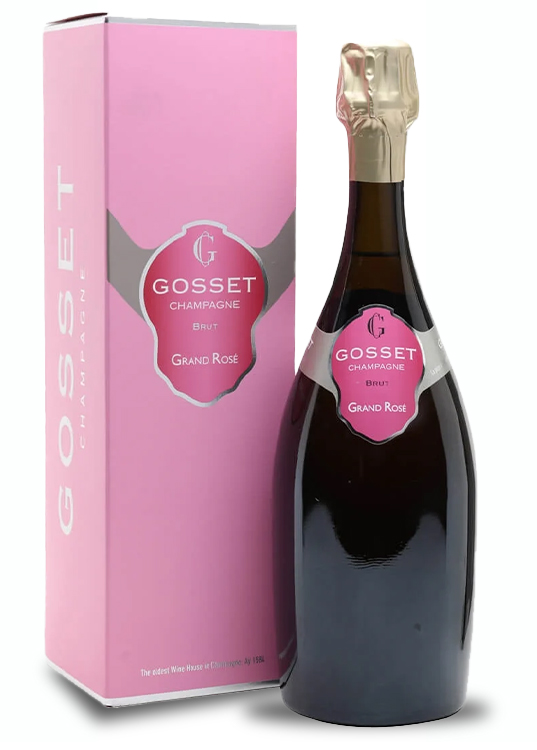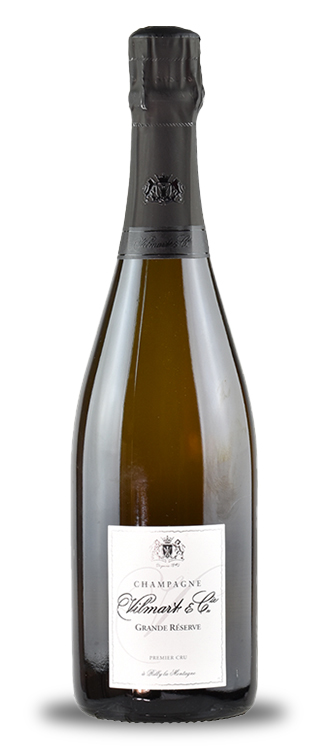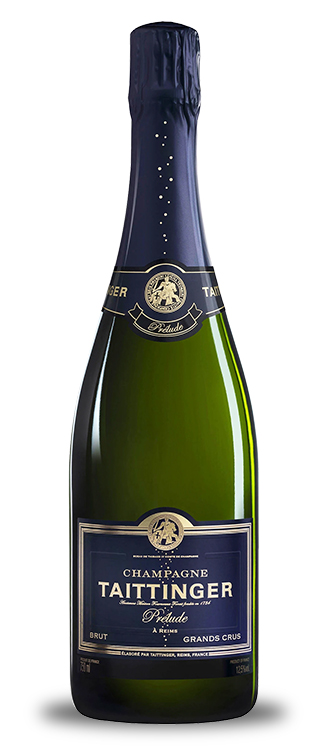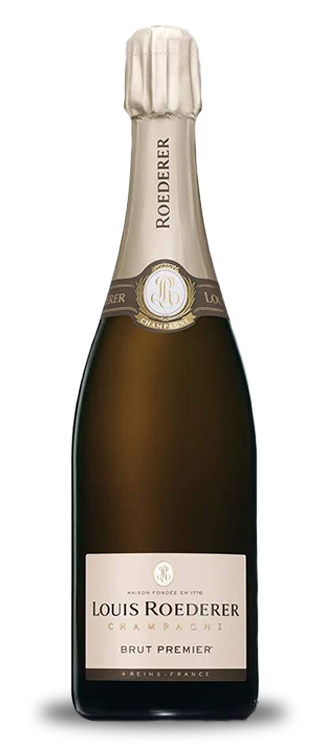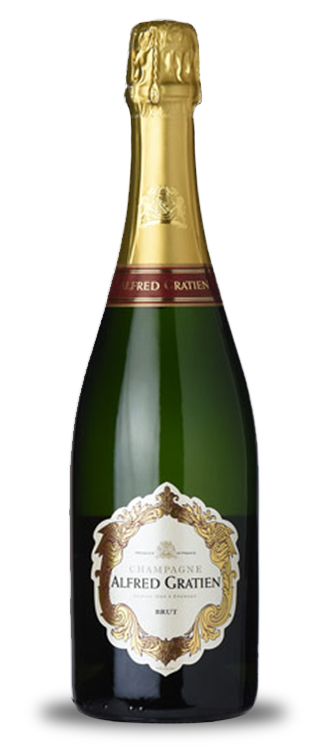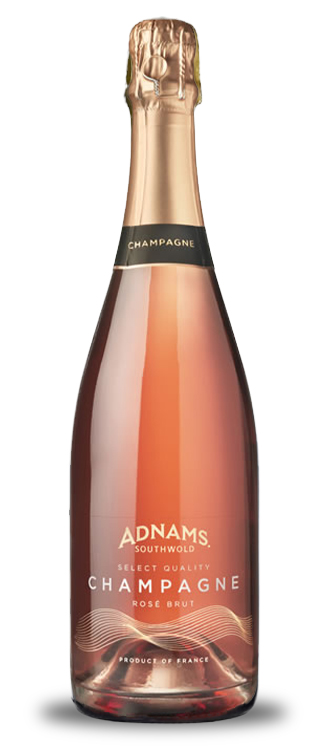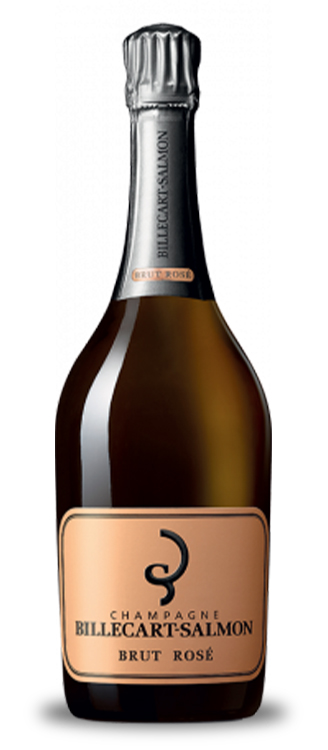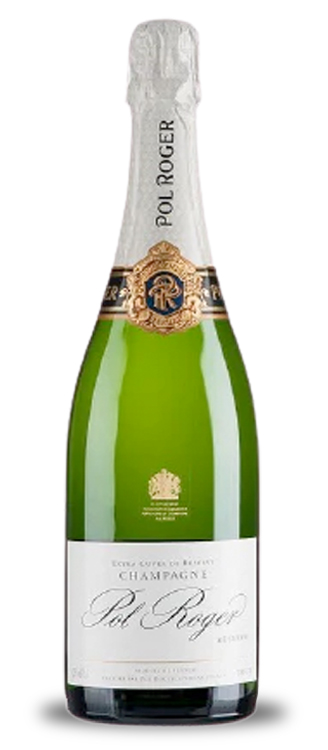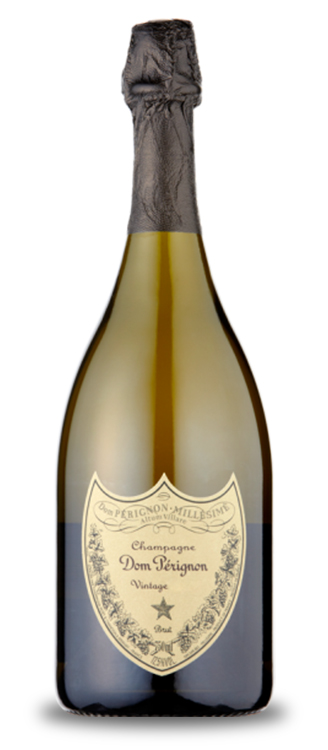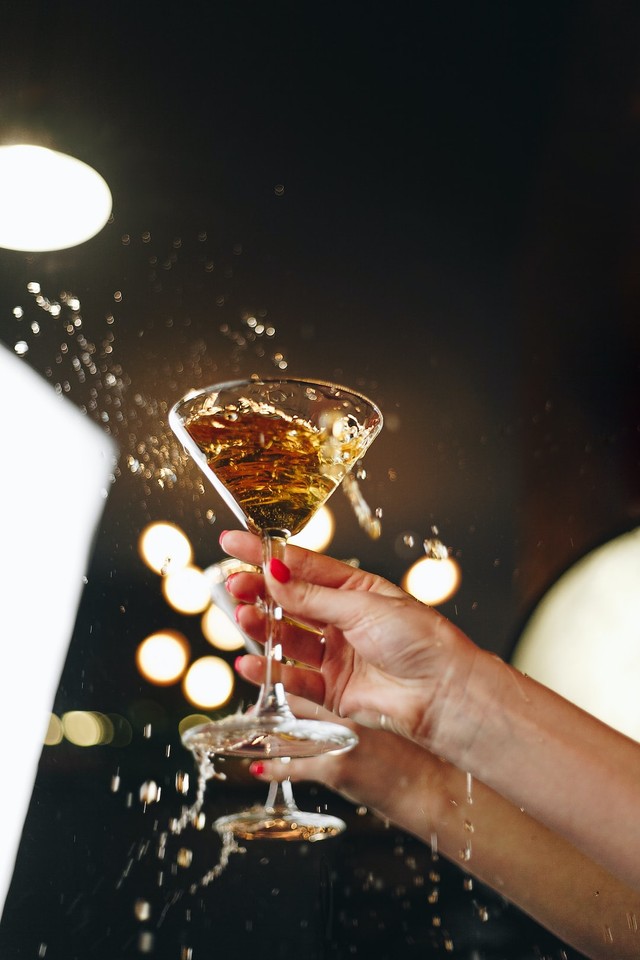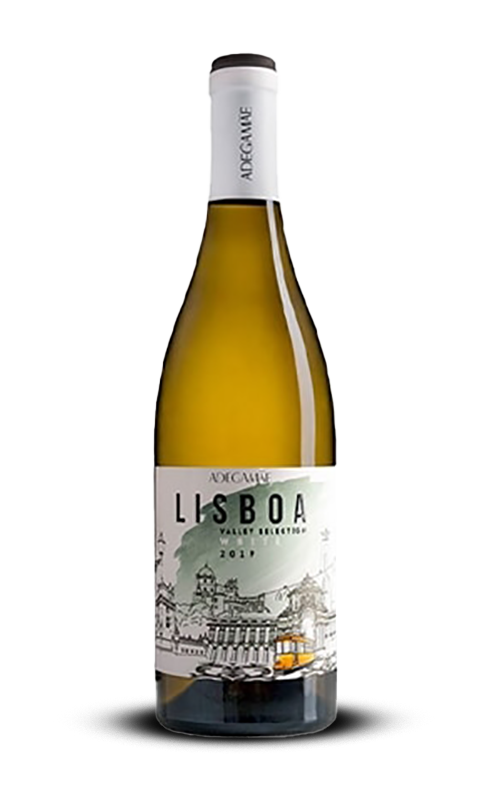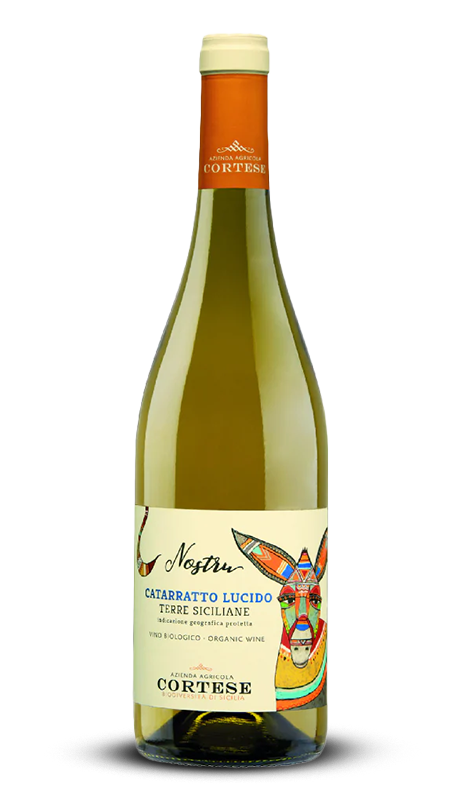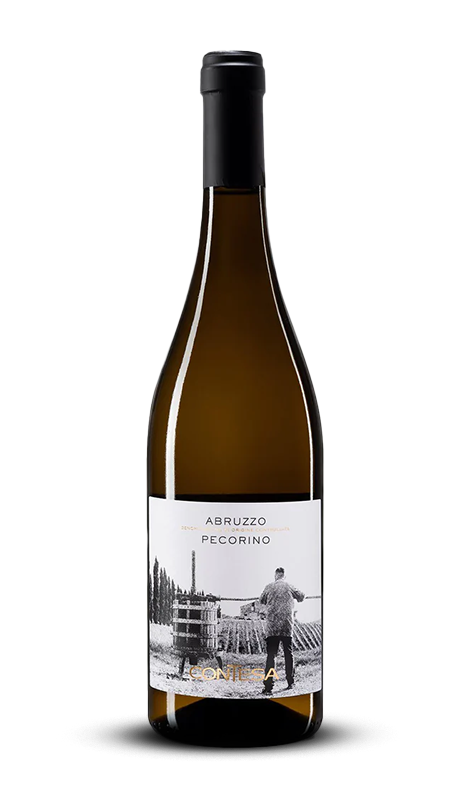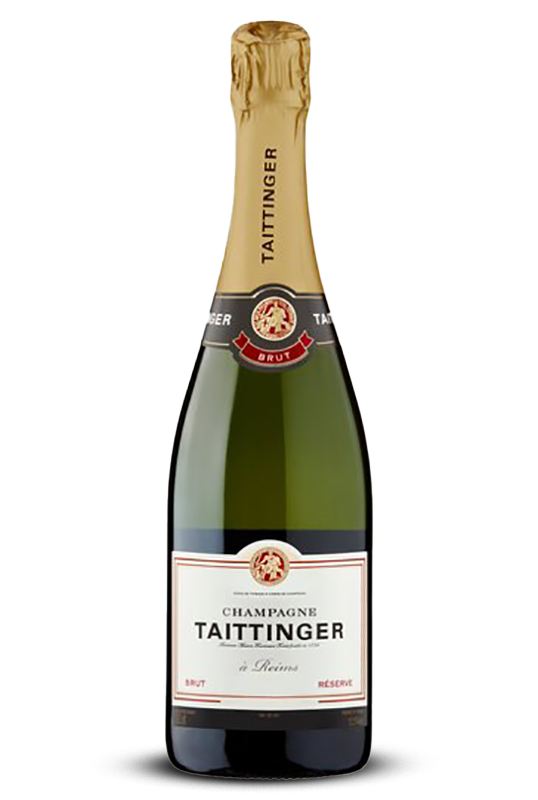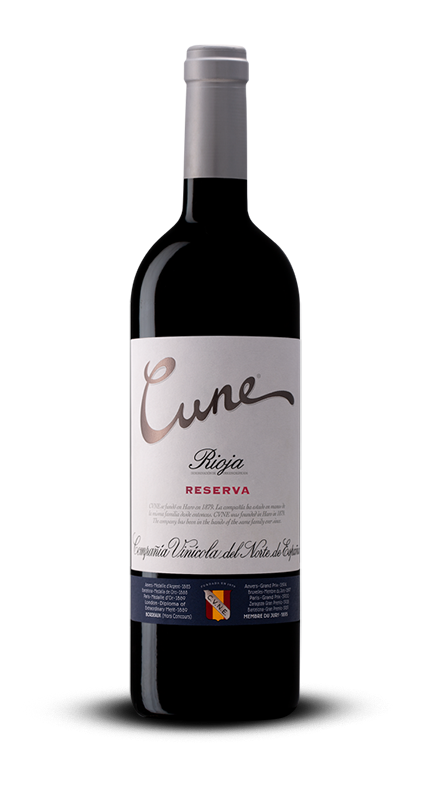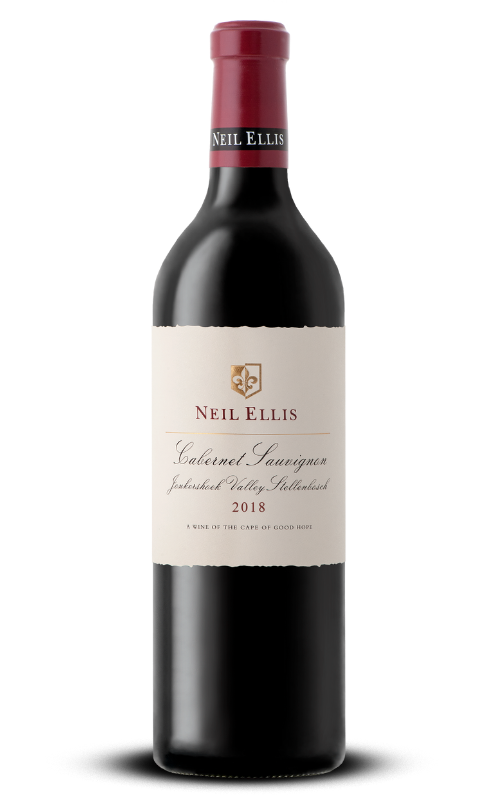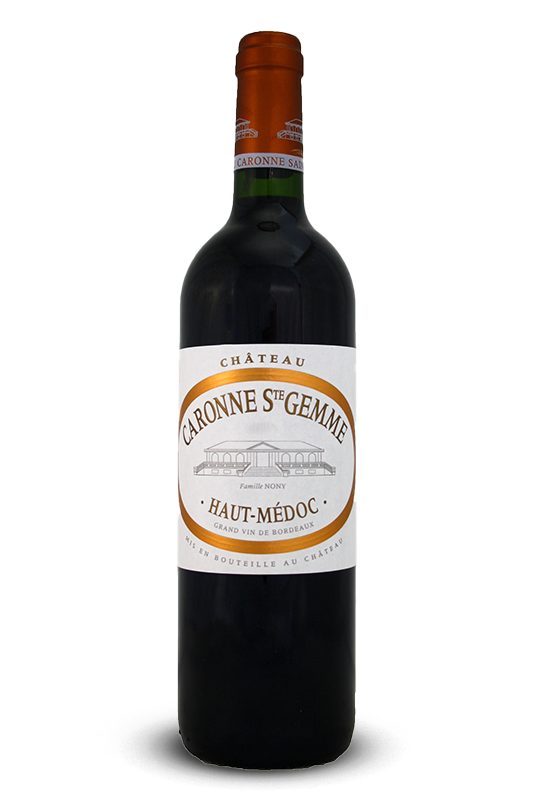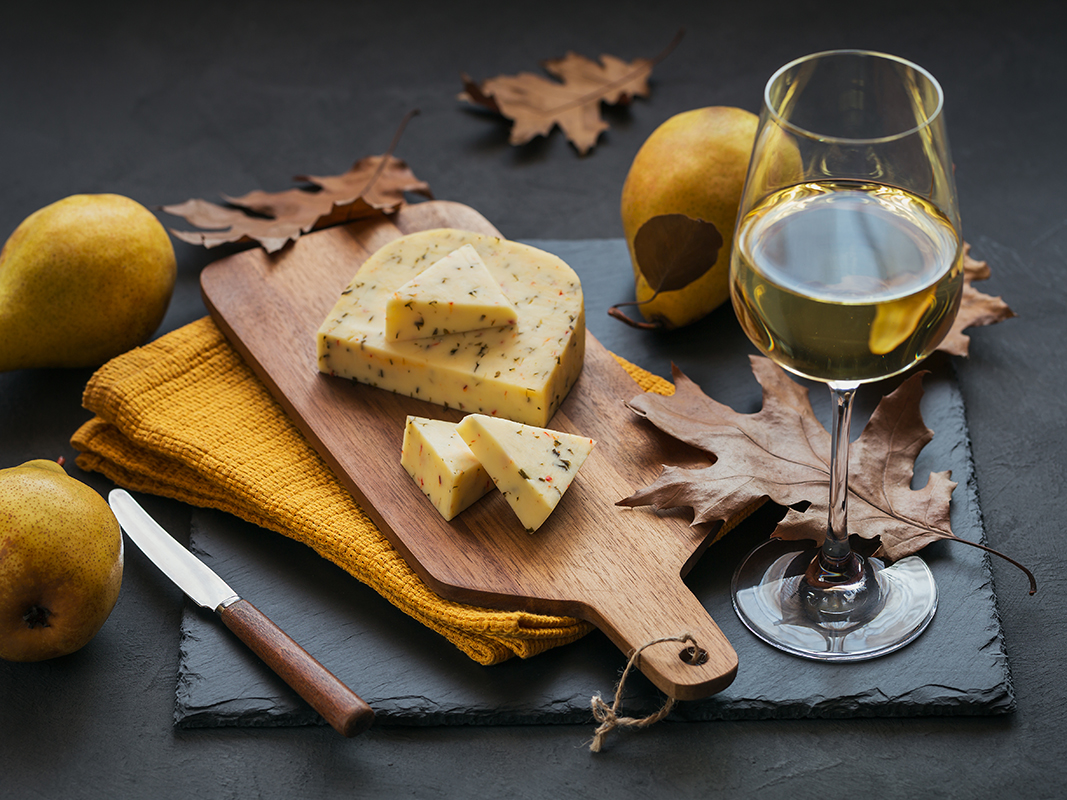From Cava to Champagne, Tasmania to South Africa, our wine columnist Giles Luckett serves up the 10 best sparkling wines on the market
Summer’s here, and I’m in a sparkling mood. Having had to put the log burner on throughout May (sorry, Greta), the sun’s finally shining, and that calls for fizz.
Such is the effervescence of my disposition that I’ve decided to do a bumper edition and run down my top ten sparkling wines for summer 2023. The following are drawn all over the world and run the gamut of styles from desert-bleached bone dry through to a rich off-dry Champagne that is bottled elegance. They vary in price from “A dangerous third bottle…?” to “I can’t wait for your 50th, so we can have that again” by way of whites and rosés. What unites them is their excellence and how astonishingly versatile this glorious style of wine can be. So, pop pickers, in at number ten…
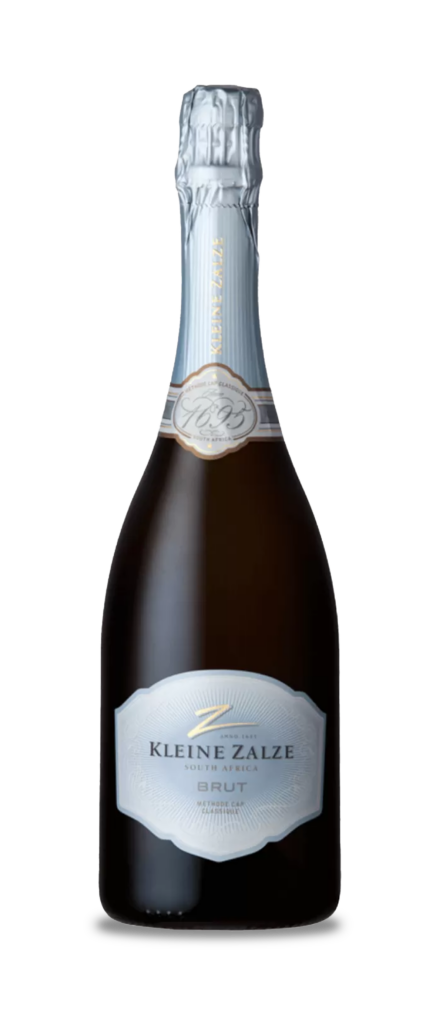
10. A new entry, all the way from South Africa, it’s the Kleine Zalze Cap Classique (Taylors Fine Wines £21). This is a ripe, soft, fruit-driven wine that’s deliciously satisfying. Mid-gold, the nose boasts tropical fruits, yeast, and a lovely biscuity tone. It’s broad and expansive in the mouth, with big flavours of peach, apricot, guava, and a tang of lemon. A fine solo sipper, it’s a wine where two bottles seem ideal. Well, that’s what we’ve found on more than one occasion.
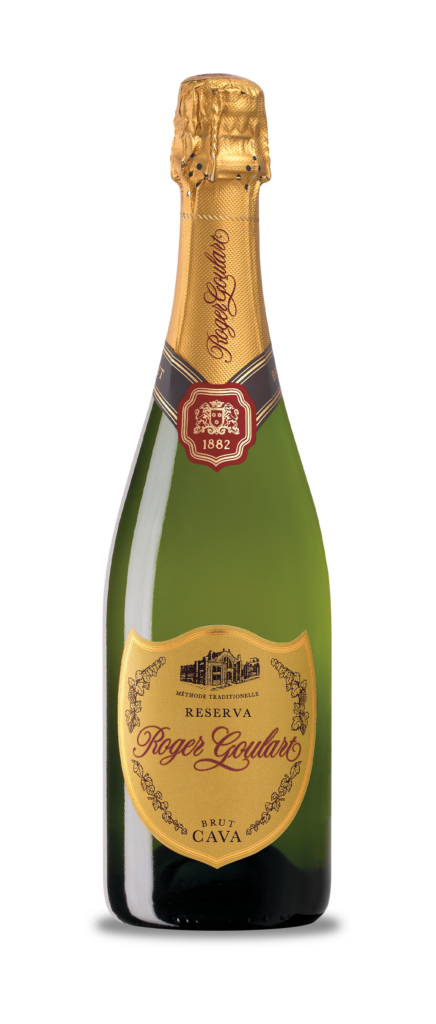
9. At number nine, we have a re-issue of a much-loved classic, the Roger Goulart Reserva 2019 (Surrey Wine Cellar £19). This is to bog-standard Cava what a Ferrari 355 is to the family run about. It’s in a different class. Invitingly deep gold colour, the nose is evolved, rich and full of autumn fruits. On the palate, the long bottle age shows again, presenting magnificent tones of apricot, red pear, nectarine, and crushed nuts. The finish is long, mellow, and rounded. This is a serious Cava that’s seriously good. It was made for pairing white meats, and meaty fish such as monkish or heavily smoked salmon.
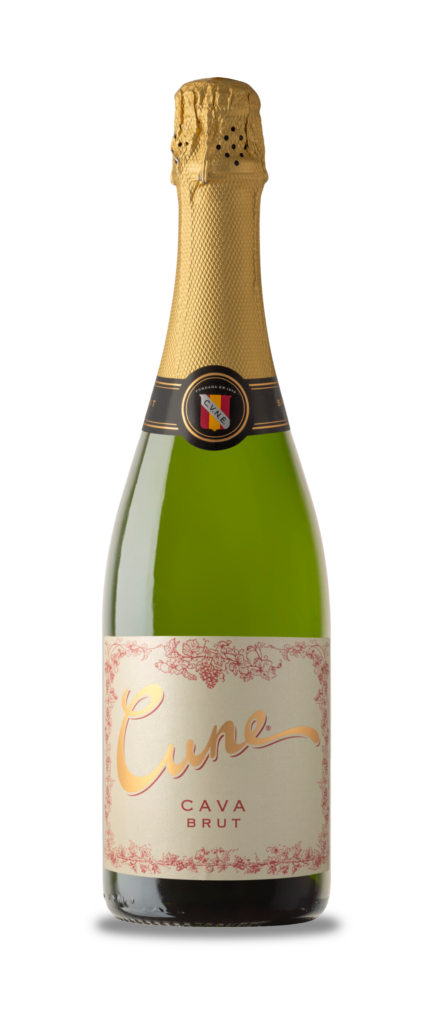
8. A non-mover at number eight, and another Spanish stunner, it’s the Cune Cava (Majestic £9.99). This is one of those wines that always leaves me smiling. Its consistency is admirable, if unremarkable, given that the amazing CVNE team makes it, and it never disappoints. Pale gold, the nose is a cheerful blend of honeydew melon, pears and grapes with a warm, bready tinge. In the mouth, it’s light to medium-bodied and offers white-skinned fruits backed by rounded yet fresh acidity and a hint of honey — a joyous accompaniment to a summer’s evening.
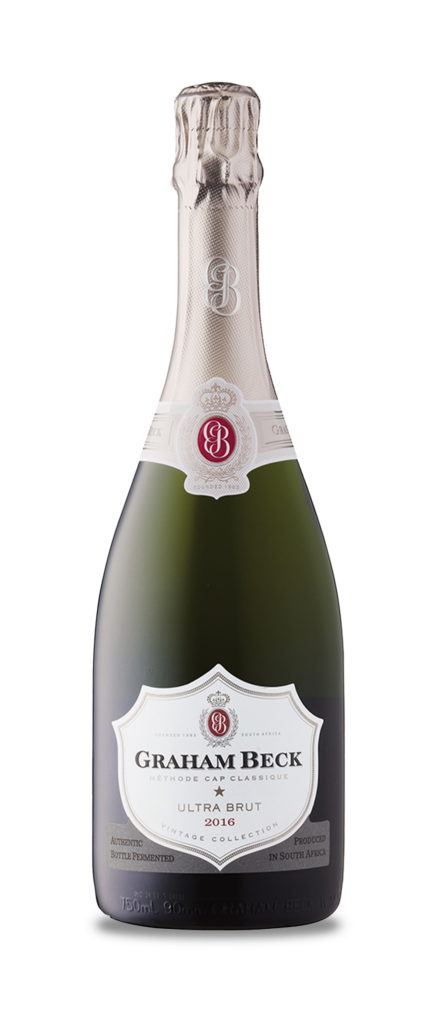
7. At seven, we’ve got the first of two wines from South Africa’s Graham Beck. Regular readers of this column will know I’ve long-admired Beck’s back catalogue, but this a new wine that has classic written all over it. It’s the Graham Beck Ultra Brut 2016 (VINUM £19.90). If you like your sparkling wines bone dry but approachable and complex, this is an excellent choice. Bottle-aged for three years prior to release; at this point, this is a fresh, zesty wine with underlying notes of brioche and peach stones. This is better with food at this point – oily fish, white meats, and creamy cheeses are all good – but it will age and mellow out over the next three-to-five years.
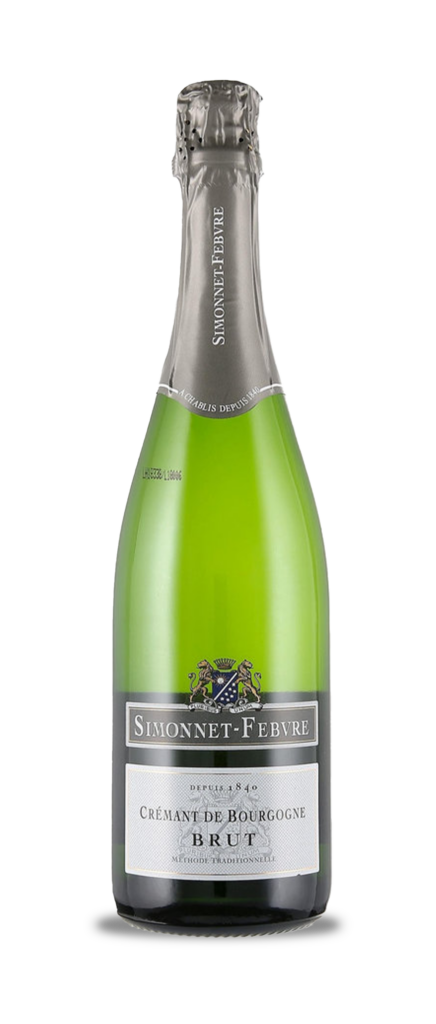
6. Another new entry at number six, it’s the Simonnet-Febvre Crémant de Bourgogne (Tesco £15). Crémant de Bourgogne is a sparkling wine made in Burgundy, and like most crémants, they offer great wines that are great value for money. Simonnet-Fevre has been making classic wines in Chablis since 1845, and their class shows through here. A blend of Chardonnay supported by Pinot Noir, on the nose, there’s plenty of fresh green apple and pear with underlying notes of chalk and a saline touch. It’s clean and tangy in the mouth but soon develops a peach, yellow plum and vanilla creaminess. Wonderfully versatile, it’s the perfect aperitif, but it goes equally well with smoked fish or a peppery rocket and goat’s cheese salad.
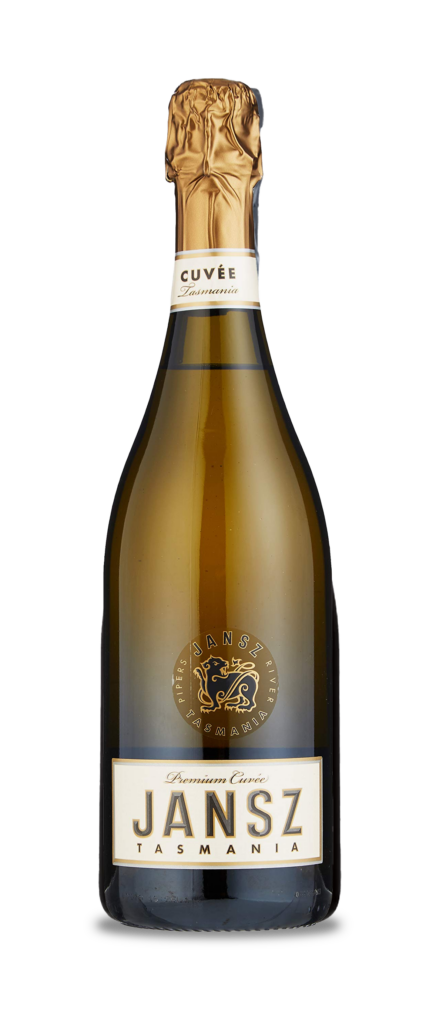
5. Taking fifth spot is a wine from a land down under; the Jansz Premium Cuvée (Waitrose £18.49). The first time I tasted this tremendous Tasmanian sparkler was at the winery when our press tour was treated to a tasting of 30+ wines, none of which we wanted to spit, few of us did, and the afternoon was a contented, if sleepy, blur. A recent encounter reminded me of quite how good this wine is. The bouquet melds white berries, plums, honeysuckle and citrus. At the same time, its generous, multi-layered tones range from autumnal berries to tropical fruits, almonds, and finally, lemon-soaked minerals and smoke. This is undoubtedly one of the world’s greatest sparkling wines, yet it remains affordable.
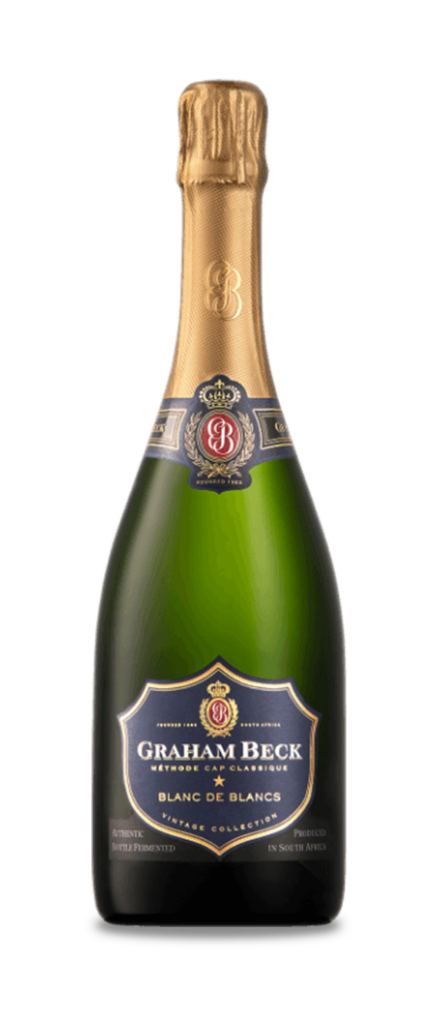
4. At number four, Graham’s back, this time with the Graham Beck Blanc de Blancs 2018 (Majestic £18.99). Being produced from 100% Chardonnay from cooler, high-altitude sites, you might expect this to be light, bright and breezy, and as about as substantial as a marshmallow crash helmet, but like me, you’d be wrong. Extended bottle age before release has leant this wine weight and depth. Mid-gold, the nose has a vanilla foam scent to it before fresh flavours of grapefruit and lime come forth. On the palate, the bright green apple, peach, and apricot flavours are powerful yet balanced, and there’s a lovely finish of limes and coconut at the end.
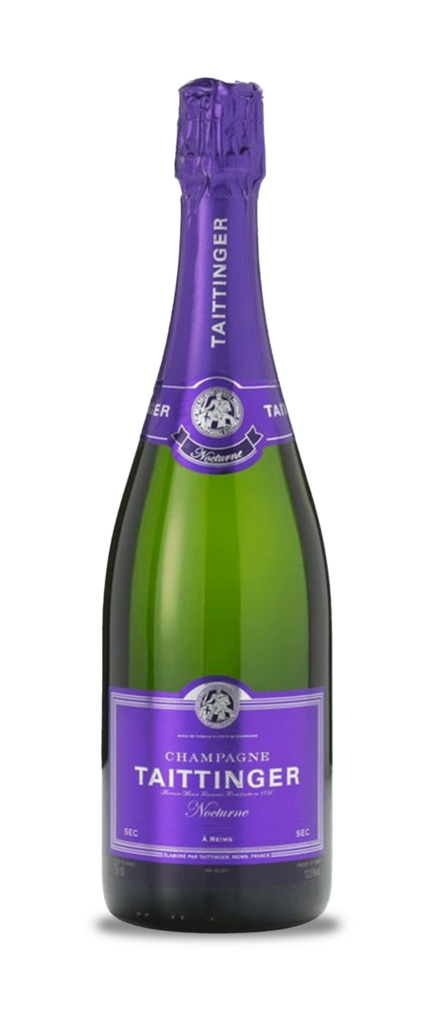
3. This week at three, it’s the Champagne Taittinger’s Nocturne (Waitrose £45), the only ballad in this summer’s chart. Nocturne is a ‘Sec’ champagne which means it has a much higher level of sweetness – 17.5 grams per litre, versus less than 12 grams for ‘Brut’ (Noel Edmonds never gave this level of detail on Top of the Pops!). The result is a wine that has a luxuriously full, opulent mouthfeel. Taittinger’s signature peaches in syrup accent take centre stage, and as you sip, the richness builds. This could quickly become cloying and sickly, but extended ageing and perfectly judged citrusy acidity make it mellow and harmonious.
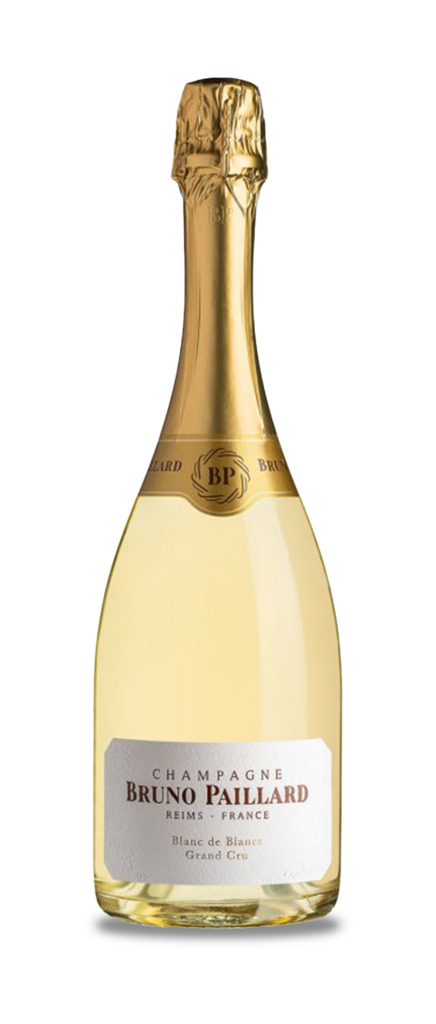
2. At number two, but only by a whisker, is the Bruno Paillard Grand Cru Blanc de Blancs (Petersham Cellar £60). I bought a parcel of Paillard’s wines earlier this year and have been happily tasting my way through them. While all are outstanding, and the Dosage Zero (Wanderlust Wine £59) almost made it to this list, the Grand Cru Blanc de Blancs is on another level. 100% Chardonnay from 100% rated vineyards, this is everything you could wish for from a blanc de blancs. Fragrant, mixing white flowers, grapes, greengages, and vanilla notes, the complex aromas are a prelude to a wine that is soft, subtle, and astonishingly complex. Baked apple, ripe comice pear, white currant, and grapefruit are wrapped in a creamy, nutty finish. I’ve had this on its own and with foods as diverse as baked white fish, roasted artichokes, and pork medallions, and it’s always performed beautifully.
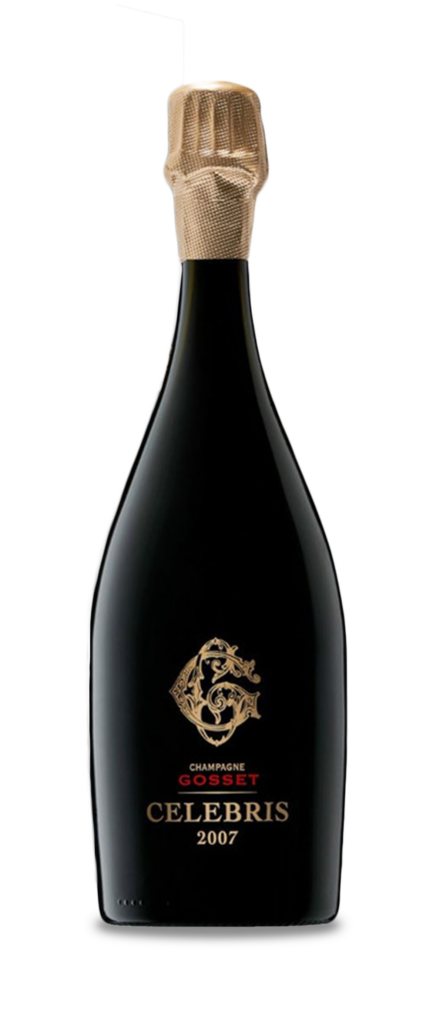
1. And holding the number one spot, we have a wine that tastes as beautiful as it looks, the Gosset Celebris Extra Brut 2007 (The Champagne Company £119.50). Gosset is a champagne-lovers’ champagne. Made without compromise, all have a steely backbone from their wines not undergoing malolactic fermentation, which converts firmer malic acid into softer latic acid. Not doing “malo” as it’s known, preserves the wine’s purity and extends its life. Gosset’s wines need age – I prefer the non-vintage after a couple of years in bottle – and the Celebris gets a minimum of ten years. 2007 is a wine that offers piercingly beautiful notes of red berries, blackcurrant leaves, lavender honey, yeast and spices in a powerfully refined fashion. Food’s best friend, try this seafood – it’s sublime with lobster (someone was paying), white fish or spring lamb.
Well, that’s it for this edition. Here’s to a sparkling summer.
Next time out, everything’s coming up rosés…
More soon!
Giles











